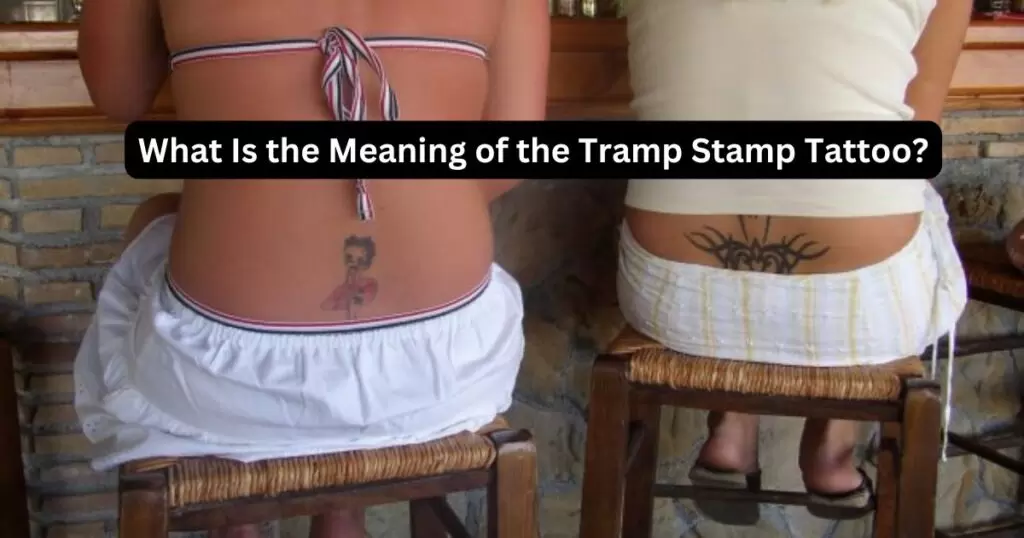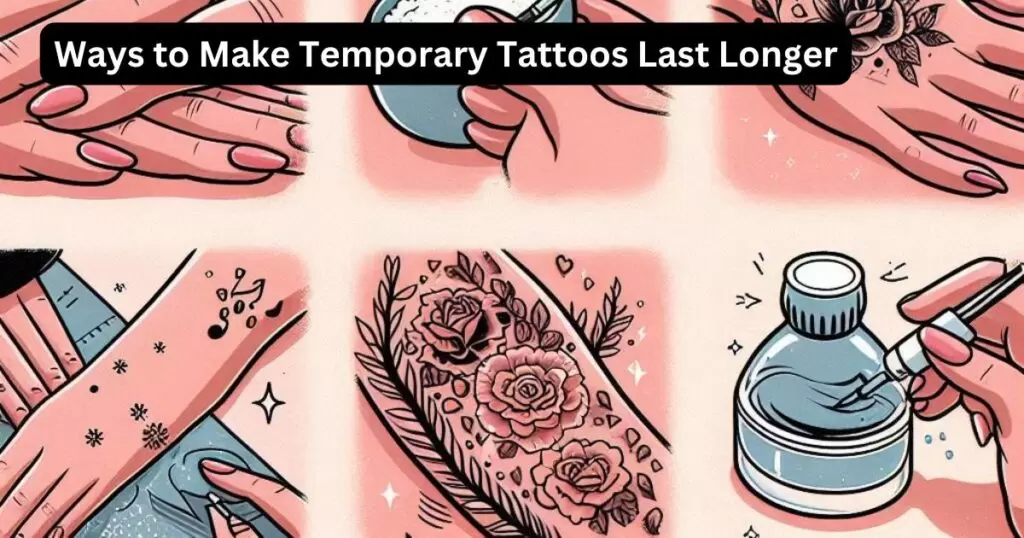The “tramp stamp” tattoo refers to a lower back tattoo, typically worn by women. The term gained popularity in the late 1990s and early 2000s, often carrying a negative connotation.
Despite this, the tattoo’s meaning and significance have evolved, reflecting personal expression, cultural trends, and shifting attitudes toward body art.
Origins of the Tramp Stamp Tattoo
The lower back tattoo became popular in the 1990s as tattoo culture moved into mainstream society. Unlike other tattoo placements, the lower back offered a large canvas for detailed designs, allowing for creativity and expression. The area also allowed for a tattoo to be easily concealed or revealed, making it appealing to those who wanted a private symbol or a statement piece.
The Social Stigma Attached With Tramp Stamp Tattoo
The term “tramp stamp” emerged alongside the tattoo’s rise in popularity. It was used to stereotype women who chose this placement, often implying promiscuity or poor judgment.
This stigma was reinforced by media portrayals, where the tattoo was associated with a particular lifestyle or attitude. However, this perception is rooted in societal biases rather than the tattoo itself.
What is the Meaning of the Tramp Stamp Tattoo?
For many, a lower back tattoo symbolizes personal empowerment. The area’s sensuality can represent confidence in one’s body, while the choice of design often reflects personal meaning. Whether it’s a symbol of strength, a tribute to a loved one, or a representation of a significant life event, the lower back tattoo can carry deep, personal significance.
What Does the Tramp Represent?
Tramp stamp tattoos often feature intricate designs. Common motifs include tribal patterns, butterflies, flowers, and Celtic knots. These designs are chosen for their aesthetic appeal and the symbolism they carry:
1. Tribal Patterns:
Tribal designs are among the most popular for lower back tattoos. These patterns often symbolize strength, courage, or a connection to heritage. The symmetry of tribal tattoos complements the natural curves of the lower back, making them aesthetically pleasing.
2. Floral Motifs:
Flowers are another common choice for lower back tattoos. Each flower carries its own meaning—roses for love, lotus flowers for spiritual growth, and cherry blossoms for the transient nature of life. These designs can be as simple or intricate as desired, allowing for a personalized touch.
3. Butterflies:
Butterfly tattoos symbolize transformation and freedom. The placement on the lower back can emphasize a personal journey or a period of significant change in one’s life. The butterfly’s delicate wings also lend themselves well to the curves of the lower back.
4. Stars and Celestial Symbols:
Stars, moons, and suns are often chosen for their universal meanings—guidance, protection, and enlightenment. These symbols can be used alone or in combination, creating a design that reflects the wearer’s beliefs or aspirations.
The Evolution of Perception
As tattoo culture has continued to evolve, so has the perception of the tramp stamp. The derogatory connotations attached to the term have begun to fade as more people recognize tattoos as a form of personal expression rather than a mark of character. The lower back tattoo is now seen more as a choice of body art that suits an individual’s preferences and anatomy.
How Painful Is A Lower Back Tattoo?
Like any tattoo, getting a tramp stamp tattoo involves a certain level of pain. The lower back area has a moderate amount of muscle and fat, which can make the process less painful than tattoos on bonier areas. However, pain tolerance varies from person to person, so experiences can differ.
Caring for a tramp stamp tattoo is crucial for ensuring it heals properly. The location can make aftercare a bit challenging, especially if clothing rubs against the tattoo. It’s important to follow the tattoo artist’s care instructions closely, including keeping the area clean, moisturized, and avoiding excessive movement or pressure.
Tramp Stamps FAQs
1. Is “tramp stamp” an offensive term?
The term “tramp stamp” can be seen as offensive because it stereotypes and unfairly judges women based on their tattoo choices. It carries sexist undertones, implying something negative about the person’s behavior or character. As people’s views on tattoos have evolved, many now find the term outdated and disrespectful.
2. What does a lower back tattoo symbolize?
The symbolism of a lower back tattoo varies greatly depending on the design and personal meaning. Some people choose it for artistic reasons, appreciating the aesthetic appeal of that particular placement. For others, it may represent independence, beauty, or a milestone in their lives. Ultimately, it’s up to the individual to define its significance.
3. What is another name for a tramp stamp?
Another name for a tramp stamp is simply a “lower back tattoo” or “lumbar tattoo.” These terms focus on the tattoo’s location without the judgmental connotation. Some might also refer to it based on the specific design, such as a “tribal lower back tattoo” or “floral lower back tattoo.”
4. Is a love bite called a tramp stamp?
No, a love bite, also known as a hickey, differs from a tramp stamp. A love bite is a temporary bruise caused by suction on the skin, often on the neck or arms, and it fades over time. A tramp stamp refers to a tattoo, a permanent design on the skin, usually on the lower back.
Are Tramp Stamps Back In Style?
Yes, in recent years, there has been a movement to reclaim the tramp stamp tattoo. Many individuals are choosing to embrace the tattoo and its placement as a statement of confidence and empowerment. By owning the term and the tattoo, they challenge the negative stereotypes and redefine what the tramp stamp tattoo represents.
This reclamation is part of a broader trend in the tattoo community, where people are taking control of their narratives and using body art to express their identity. The tramp stamp tattoo, once seen as a fleeting trend, is now being recognized as a legitimate form of artistic expression.
Reclaiming the Tramp Stamp
The meaning of the tramp stamp tattoo is not fixed. It varies depending on who wears it and what it represents to them. While the term “tramp stamp” was once used to demean, many have reclaimed the lower back tattoo as a symbol of personal expression and empowerment. Today, it stands as a testament to the changing attitudes toward tattoos and the importance of individual choice in body art.



